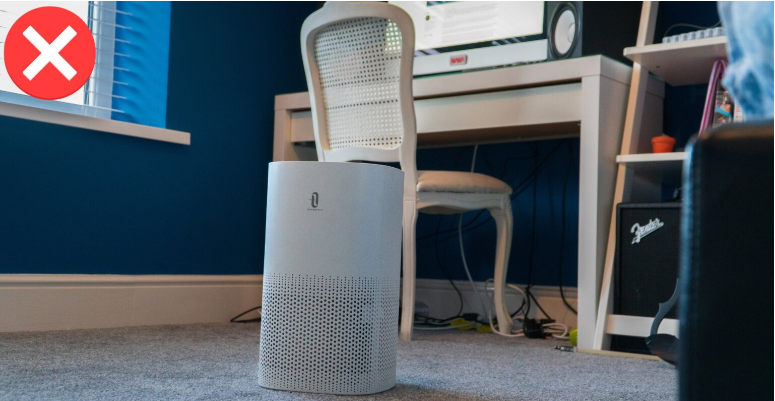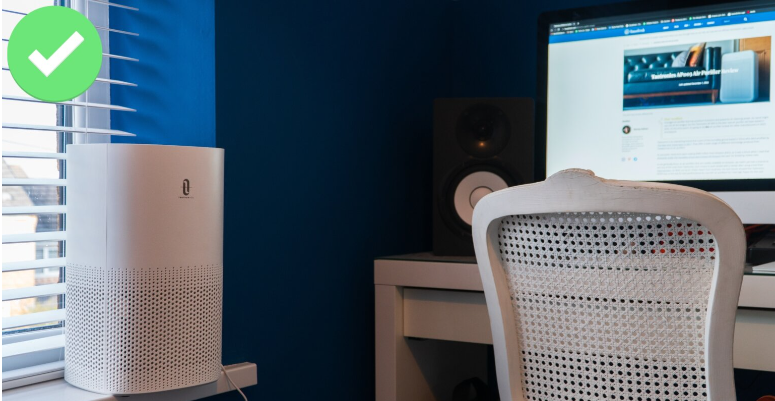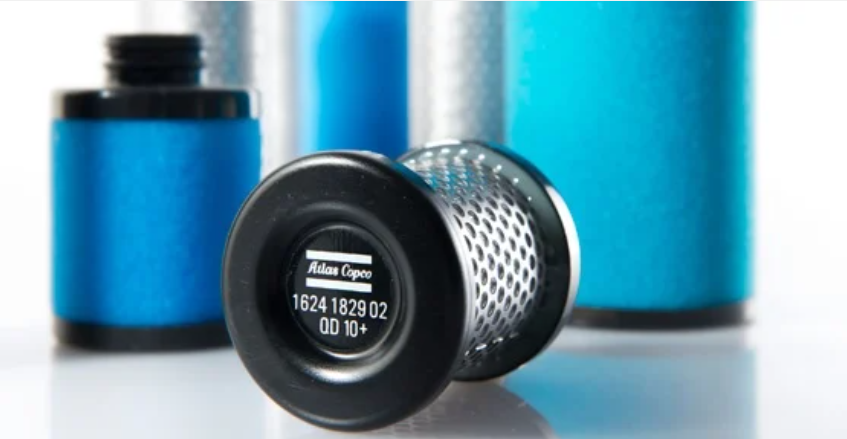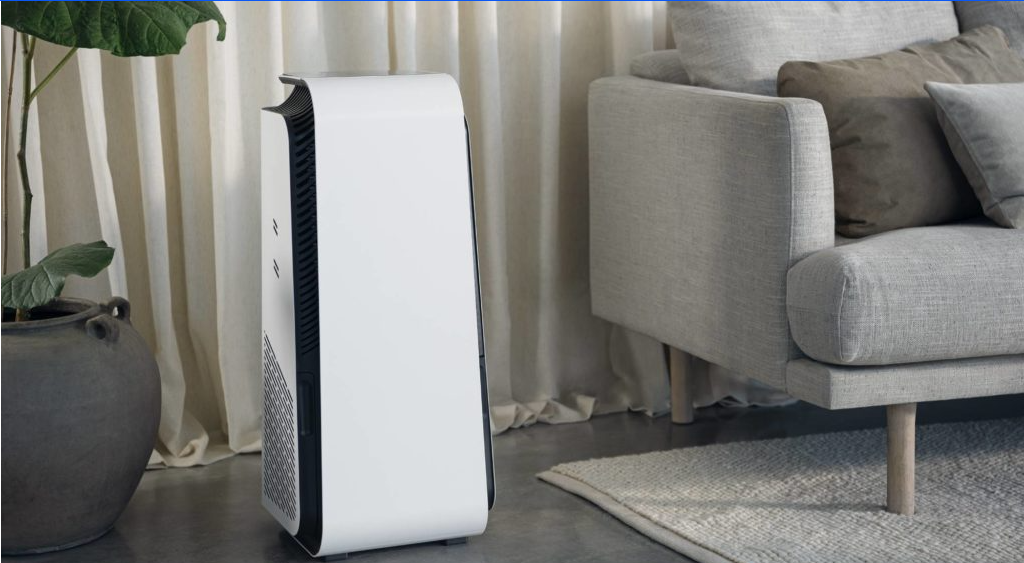An air purifier is a device designed to remove pollutants from the air in a room or enclosed space. The importance of choosing the right air purifier cannot be overstated, as poor-quality air can lead to various health issues. Nonetheless, not only the air quality, a wrong air purifying unit itself can be hazardous. Here is a guide for what you should avoid in an air purifier to keep everything functioning perfectly. So, let’s get started.
What should you avoid in an air purifier?

Although with air purifiers, everything looks good, you have to take care of the when selecting the air purifier, such as
- An Ionizer
Ionizers, also known as ion generators or negative ion air purifiers, work by emitting negatively charged ions into the air. They attach to positively charged particles, such as dust, pollen, and smoke, causing them to become heavy and fall to the ground. Some ionizers claim to remove pollutants from the air by causing them to stick to surfaces in the room, such as walls or furniture.
However, the working of an ionizer seems excellent. Still, while ionizers may seem like an attractive air purification option due to their low cost and energy efficiency, several adverse effects on health should be considered. This includes
- Ionizers can produce ozone as a byproduct of the ionization process. Ozone is a reactive gas that can harm health, especially in high concentrations. Short-term exposure to ozone can cause coughing, throat irritation, and chest pain, while long-term exposure can lead to chronic respiratory problems such as asthma and bronchitis.
- Ionizers may produce negative ions at levels that exceed safe limits. High levels of negative ions can lead to increased levels of reactive oxygen species (ROS) in the body, which can cause cellular damage and increase the risk of oxidative stress, inflammation, and various diseases.
- Ionizers can produce harmful byproducts when they react with other air pollutants. For example, when negatively charged ions react with volatile organic compounds (VOCs), they can form new, potentially harmful compounds.
- Ionizers can be less effective than other air purification technologies, such as mechanical filters or electrostatic precipitators. While they may be effective in removing some types of pollutants, such as smoke or dust, they may not be effective in removing other types, such as allergens or VOCs.
- UV-C light
UV-C Light, also known as ultraviolet germicidal irradiation (UVGI), emits short-wavelength ultraviolet light that can kill or inactivate microorganisms, such as bacteria and viruses. UV-C light is typically used in air purifiers to disinfect the air, surfaces, and objects in the room.
While UV-C light may seem like an effective air purification option, several limitations and adverse effects on health should keep in mind that,
- UV-C light can only be effective in killing microorganisms that are exposed to the light. It may not effectively remove pollutants not directly exposed to light, such as dust, pollen, or smoke particles.
- The UV-C light can adversely affect health, especially when exposed to high levels of UV-C radiation. Short-term exposure to UV-C radiation can cause eye irritation and skin damage, while long-term exposure can increase the risk of skin cancer and other health problems.
- UV-C light can produce harmful byproducts when it reacts with other air pollutants, such as VOCs. This can lead to the formation of new, potentially harmful compounds that can adversely affect health.
For these reasons, it is recommended to choose air purifiers with alternative technologies that can effectively remove pollutants without producing harmful byproducts or adverse effects on health.
- Noise
High noise levels in an air purifier can be a nuisance and may negatively impact our health. An air purifier that is too loud may interfere with our sleep.
A study published in the journal Sleep Medicine found that high noise levels can disrupt sleep, leading to sleep deprivation and other health problems.
Noise pollution can also cause stress and anxiety. Prolonged exposure to high noise levels can lead to psychological and physiological effects, including increased heart rate, elevated blood pressure, and impaired cognitive function.
According to the World Health Organization (WHO), exposure to noise levels above 85 decibels (dB) can cause hearing damage, and noise levels above 100 dB can cause permanent hearing loss. High noise levels can be distracting, making concentrating on work or other activities difficult.
So, choosing an air purifier with a low noise level is recommended to avoid these adverse effects on our health and well-being. Most modern air purifiers come with noise levels that are below 50 dB, which is considered to be quiet enough for most environments.
Here, I am sharing this guide will help you have healthy and safe air quality here.
Features to look for in an Air Purifier to avoid Health Hazards

- CADR (Clean Air Delivery Rate)
CADR (Clean Air Delivery Rate) is an important metric when purchasing an air purifier. It measures the amount of clean air the air purifier can produce in a specific period. Also, it indicates the air purifier’s effectiveness at removing pollutants from the air.
CADR is measured in cubic feet per minute (CFM) and is determined by the Association of Home Appliance Manufacturers (AHAM). The AHAM tests air purifiers for their ability to remove three types of pollutants: tobacco smoke, pollen, and dust. The CADR rating for each pollutant is then displayed on the air purifier’s packaging.
A higher CADR rating means the air purifier can remove pollutants more quickly and effectively than a lower-rated air purifier. When choosing an air purifier, it’s essential to look for one with a CADR rating appropriate for the size of the room where you will be using it and the types of pollutants you are most concerned about.
For example, if you are looking for an air purifier for a large room, you will need one with a higher CADR rating than if you are looking for an air purifier for a small room. Similarly, if you are concerned about pollen or dust, you will want an air purifier with a high CADR rating for these pollutants.
- Noise Level
If you plan to use an air purifier in your bedroom, a quiet air purifier can help you sleep better. Loud noises can disrupt sleep, so choosing an air purifier with a low noise level can benefit you.
A quiet air purifier can help reduce stress by providing a peaceful environment. If you plan to use an air purifier in a workspace, a quiet air purifier is what you need as it boosts your concentration better and creates a more productive environment for work without distraction.
High noise levels can have adverse health effects, such as increased stress levels, elevated blood pressure, and other health-related risks.
When choosing a quiet air purifier, look for models with noise levels below 50 dB. Air purifiers with noise levels below 25 dB are considered extremely quiet and ideal for use in bedrooms and other quiet spaces.
How to Choosing the Right Filter, Our Recommendation

The best and most effective air purifiers include
- True HEPA Filter
HEPA, High-Efficiency Particulate Air filters are a type of air filter designed to capture small particles, such as dust, pollen, and pet dander, as well as larger particles, like mold spores and bacteria. These filters are commonly used in air purifiers and HVAC systems to improve indoor air quality.
HEPA filters are designed to capture particles that are 0.3 microns in size or larger. This is because particles that are smaller than 0.3 microns are small enough to pass through the filter, while larger particles are more likely to be captured.
The importance of HEPA filters lies in their ability to capture particles that can be harmful to our health. HEPA filters work by using a dense mat of fibers to capture particles as air flows through the filter. The fibers are typically made of materials like glass, synthetic polymers, or cellulose. These fibers are arranged in a tight pattern to create a barrier that captures particles as they pass through the filter.
HEPA filters are effective at removing a wide range of particles from the air including
- Dust and dirt
- Pollen and other allergens
- Pet dander
- Mold spores
- Bacteria and viruses
- Smoke and other airborne pollutants
When using an air purifier with a HEPA filter, it’s important to make sure that the filter is replaced regularly. Over time, the filter can become clogged with particles, which can reduce its effectiveness at capturing new particles. Most air purifiers will come with instructions for replacing the filter, and it’s important to follow these instructions to ensure that the air purifier continues to work effectively.
Continue buying: Best Air Purifiers
- Activated Carbon Filter
Activated carbon filters are air filters commonly used in air purifiers to remove odors, chemicals, and volatile organic compounds (VOCs) from the air.
Activated carbon filters work through a process called adsorption. When air passes through the filter, pollutants in the air are attracted to the surface of the activated carbon particles.
These filters are made up of tiny particles of carbon that have been treated to create a large surface area, which allows them to absorb a wide range of pollutants from the air.
The importance of activated carbon filters lies in their ability to remove chemicals and odors from the air that can harm our health and cause unpleasant smells and discomfort.
Activated carbon filters are particularly effective at removing chemicals and odors from the air. They can remove pollutants such as
- Tobacco smoke
- Cooking odors
- Cleaning product fumes
- Paint and solvent fumes
- Pet odors
Activated carbon filters are often used with other filters, such as HEPA filters, to create a comprehensive air purification system.
HEPA filters can remove particles like dust and pollen, while activated carbon filters can remove chemicals and odors. Together, these filters can help to create clean and healthy indoor air.
It’s important to note that activated carbon filters have a limited lifespan.
Over time, the carbon particles can become saturated with pollutants, reducing their effectiveness. Most activated carbon filters will need to be replaced every three to six months, depending on the level of air pollution in the environment.
Hunting for air purifiers? Click to continue to get deals Best Air Purifier
Conclusively, What should you avoid in an air purifier?
In conclusion, when it comes to air purifiers, it is essential to be aware of the potential risks associated with their use. Some things to avoid in air purifiers include ozone generators, high levels of activated carbon, and certain filters that may release harmful particles into the air. By being mindful of these potential dangers, you can select an air purifier that is safe, effective, and beneficial for your health and well-being. Additionally, it is always a good idea to carefully read product labels and consult with experts to ensure you make informed decisions about the air purifiers you use in your home or workplace.
